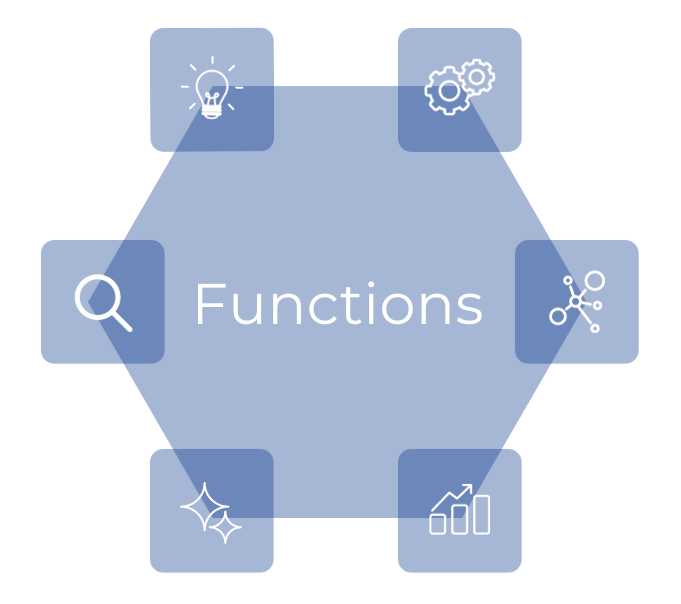Quantitative Observing System Assessment Program (QOSAP)
QOSAP conducts research to quantitatively evaluate and optimize the impact of current and proposed observations for Earth systems analysis and forecasting.
QOSAP addresses NOAA’s mission requirements of science, service, and stewardship to understand and predict changes in climate, weather, oceans, and coasts to yield societal and economic benefits.
- Congress began funding in 2014
-
Maintain and improve infrastructure to conduct quantitative assessments
- Evaluation and optimization of current in-situ and satellite observations
- Quantitative information on the impact of proposed changes to the observing system
- Expected impact of emerging observing technologies
- Trade-off studies to optimize observing system configuration
- Improve data assimilation strategies for better use of observations
- Support all NOAA Line Offices to design and conduct evaluation on the impact of observations
- Collaborate with national and international partners
What We Do

Maintain/Develop/Update
NOAA OSE/OSSE- Ready capabilities for environmental applications
Provide Recommendations
to the Observing Systems Committee / NOAA Observing Systems Council (OSC/NOSC) for changes to the configuration of NOAA's observing systems and overall portfolio to maximize the benefit to NOAA and its constituents
Work with NOAA Line Offices
to conduct OSE/ OSSEs to follow the NOSC Impact Assessment Framework Memo "Guidance on the Process to Define, Design, Execute, Review & Report on Observing Systems Value and Impact Assessments", of March, 22, 2018
Conduct Comprehensive Assessments
as requested by the different NOAA line offices through funded projects after a case-by-case consideration
Participate
in relevant working groups and committees regarding quantitative assessments
Help Inform Major Decisions
in relevant working groups and committees regarding quantitative assessments
Our work helps NOAA management prioritize observing systems designs
QOSAP maintains and improves NOAA’s state-of-the-art assessment capabilities in addition to running observing systems evaluations for NOAA offices, labs, and programs. Observing system experiments (OSEs) and observing system simulation experiments (OSSEs) are the primary tools used by QOSAP to conduct research for quantitative evaluations of the value of observational data on numerical weather prediction models (existing or proposed).
Program Objectives
Through research efforts, inform major decisions on the design and implementation of optimal configurations of observing systems
- Increase NOAA’s capacity to conduct quantitative observing system assessments
- Investigate impacts and trade-offs of alternative mix of current and/or proposed instruments for better understanding and prediction of Earth Systems
Benefits Across NOAA
Economic Viability
Working to make observing systems more cost effective and allow for strategic evolution and integration of emerging technology
Quantitative Evaluations
Effectiveness of current and new instrumentation is assessed; tradeoff analyses are investigated for various instrument configurations, and impacts on Earth Systems are diagnosed
Time Efficiency
Time lags between instrument deployment and operational implementation are reduced
Mandate from the Weather Act
The Weather Act of 2017 [reauthorization is here], SECS 106 and 107, mandates that NOAA continuously and systematically evaluate its observing systems, and that NOAA (OAR) quantitatively assess the relative value and benefits of those systems. Furthermore, the Act dictates that observing system simulation experiments shall be conducted by NOAA (OAR) prior to the acquisition of major Government-owned or Government-leased operational observing systems with a lifecycle cost of more than $500M; and prior to the purchase of any major new commercially provided data with a lifecycle cost of more than $500M.